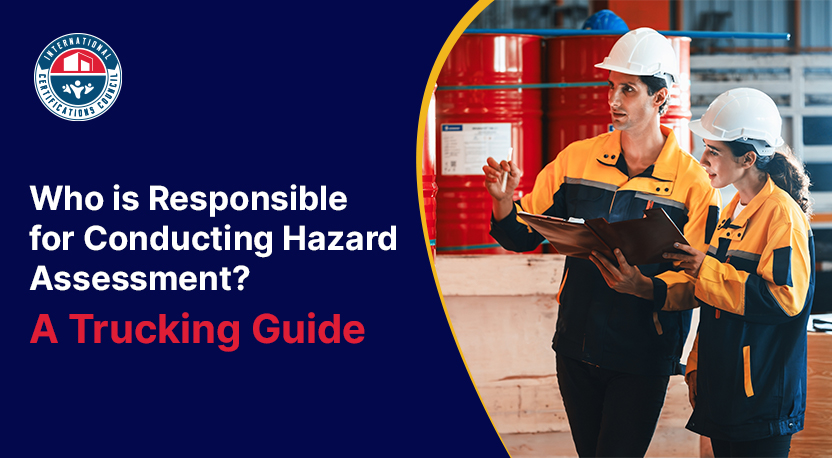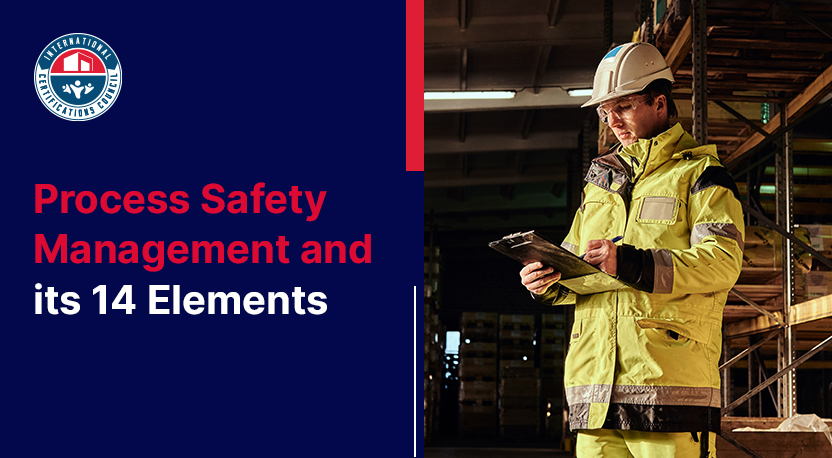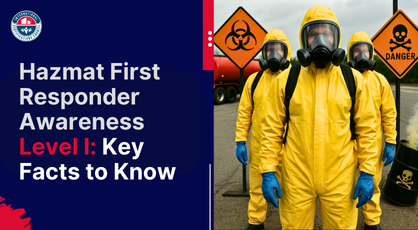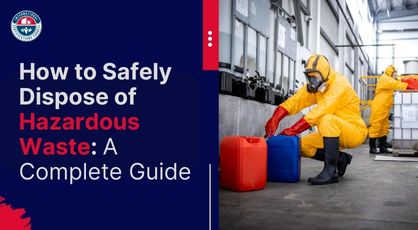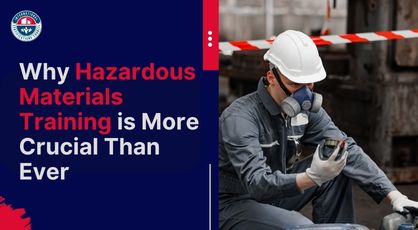In an era where environmental consciousness is at an all-time high, businesses are under increasing scrutiny for their waste management practices. Hazardous waste poses a significant threat to both the environment and human health. Therefore, proper handling of hazardous waste is exceptionally crucial.
Unfortunately, a surprising number of businesses make hazardous waste management mistakes that can have severe consequences.
According to a report by the National Center of Biotechnology Information, globally, 7–10 billion tonnes of waste are produced annually, including 300–500 million tonnes of hazardous waste (HW)–explosive, flammable, toxic, corrosive, and biological risk.
This alarming rise signals a pressing need for businesses to reassess their waste management strategies. Failing to address these issues not only jeopardizes the environment but also puts the health and safety of employees and communities at risk.
In this article, we will look at the six most common hazardous waste management mistakes made by businesses and how to avoid them.
6 Common Hazardous Waste Mistakes You Should Avoid
1. Insufficient Personal Protective Equipment (PPE)
Inadequate provision and use of Personal Protective Equipment (PPE) is a common and critical mistake in hazardous waste management. PPE is essential for minimizing the risk of exposure to hazardous materials and ensuring your employees' safety and well-being.
You must equip your employees handling hazardous materials with the appropriate gear, including gloves, masks, goggles, and other protective clothing. This protective gear forms a barrier between your worker and the hazardous substances, eventually preventing direct contact and minimizing the risk of inhalation or absorption through the skin.
Why it Matters
Inadequate PPE puts your employees at risk of immediate harm and can lead to long-term health issues. It compromises the overall safety of the workplace and can result in accidents, injuries, and even fatalities.
How to Avoid
To address this mistake, you must conduct thorough risk assessments to determine the necessary PPE for each hazardous waste task. You should also implement regular training programs to educate employees on adequately using and maintaining their protective gear. Additionally, you should ensure that PPE is consistently worn and regularly updated to meet safety standards.
2. Incorrect Marking, Labeling and Lab Packing
Improper marking, labeling and lab packing of hazardous waste can create confusion in the workplace. All this increases the risk of accidents and results in regulatory violations. Therefore, clear and accurate marking and labeling is essential for safely transporting and disposing of hazardous materials.
You must clearly and accurately mark and label each container holding hazardous waste in your business. This includes information such as the type of waste, associated risks, and proper disposal instructions. Lab packing involves grouping compatible waste materials for efficient and safe transportation and disposal.
Why it Matters
Labeling containers properly can lead to mishandling, accidental spills, and non-compliance with regulations. It threatens the safety of those handling the waste, as well as the broader community and environment.
How to Avoid
Your business should establish and enforce a robust labeling system, ensuring compliance with regulatory requirements. Implementing a lab packing system organizes waste materials efficiently and reduces the risk of cross-contamination. Moreover, you should conduct regular training and audits to reinforce proper labeling practices.
3. Disregarding Hazardous Waste Regulations:
Ignoring or underestimating the importance of hazardous waste regulations is a significant mistake many businesses make worldwide. Regulatory compliance is a legal obligation and a crucial aspect of responsible environmental stewardship.
Local, state, and federal regulations govern hazardous waste handling, transportation, and disposal. Ignoring these regulations can lead to legal consequences, fines, and reputational damage for businesses.
Why it Matters
Failure to comply with regulations jeopardizes the environment and puts your company at risk of financial and legal consequences. It undermines the principles of responsible business practices and environmental sustainability.
How to Avoid
Businesses must stay informed about and adhere to local, state, and federal hazardous waste regulations. Establishing a dedicated team or hiring a waste management consultant can help navigate complex regulatory frameworks. Furthermore, regular updates and training sessions are essential to ensure ongoing compliance.
4. Inadequate Train Employees Properly:
Inadequate training of employees handling hazardous waste is a pervasive mistake that can have far-reaching consequences. Lack of awareness and expertise can lead to accidents, spills, and long-term health issues.
Your employees need proper training to understand the hazards associated with the waste they handle, as well as the correct procedures for safe management, transportation, and disposal.
Why it Matters
Lack of training increases the likelihood of accidents, spills, and health issues. Uninformed employees may unknowingly mishandle hazardous waste, putting themselves and others at risk.
How to Avoid
Investing in comprehensive training programs is crucial. You must educate your employees on the risks associated with hazardous waste, proper handling procedures, and emergency response protocols. In addition, regular updates and refresher courses help keep employees informed about the latest safety standards and regulations.
5, Failure To Classify Hazardous Waste
Failure to classify hazardous waste is a mistake that can lead to mishandling and increased risks. Proper classification is essential for identifying the appropriate disposal methods and preventing harmful interactions between different waste types.
Hazardous waste is classified into different hazard classes based on its properties, such as toxicity, flammability, and reactivity. Failure to classify waste accurately can result in improper handling and disposal.
Why it Matters
Mishandling waste due to misclassification can lead to chemical reactions, spills, and environmental contamination. It also increases the potential for harm to those handling the waste.
How to Avoid
You should educate your employees on waste classification criteria and ensure that waste is accurately classified before handling or disposal. Also, regular audits and monitoring practices help maintain proper waste segregation and classification.
6. Absence of Hazardous Waste Management Plan
Failing to develop a hazardous waste management plan leaves the workplace vulnerable in emergencies. A well-defined plan is crucial for minimizing the impact of hazardous waste incidents.
A hazardous waste management plan outlines specific procedures for handling, storing, transporting, and responding to dangerous waste incidents. It includes emergency response protocols to ensure a coordinated and effective reaction to unforeseen events.
Why it Matters
Without a proper plan, the workplace is ill-prepared to respond to hazardous waste incidents, increasing the potential for harm to employees, the community, and the environment.
How to Avoid
Businesses should work with their teams to create a comprehensive hazardous waste management plan. Regular drills and exercises help employees become familiar with the plan and enhance their ability to respond effectively in emergency situations. Moreover, collaboration with local emergency services ensures better coordination and support.
Conclusion:
In your everyday work life, it's easy to overlook the hazardous waste management practices behind the scenes. But these mistakes are not trivial – they can seriously affect your safety and the environment.
By understanding these common pitfalls and taking proactive steps to avoid them, you contribute to a safer and healthier workplace for everyone. Stay informed, follow the guidelines, and make sure your workplace is free from these hazardous waste management mistakes. Your safety and the well-being of your colleagues depend on it.


